Optimal Seasons for Waterproofing Applications
Waterproofing is an essential process to protect structures from water intrusion and damage. The timing of waterproofing applications can significantly influence their effectiveness and longevity. Proper scheduling ensures that the materials adhere correctly and that environmental conditions are optimal for installation.
Spring offers moderate temperatures and low humidity, ideal for waterproofing projects. It allows for thorough curing and reduces the risk of moisture-related issues.
Summer provides warm weather and longer daylight hours, facilitating quicker application and drying times. However, high temperatures require careful material selection to prevent issues like cracking.
Autumn's cooler temperatures and lower humidity levels create favorable conditions for waterproofing. It prepares structures for winter and minimizes water infiltration risks.
Winter is generally less suitable due to freezing temperatures and increased moisture. Waterproofing during this time may lead to poor adhesion and curing problems.
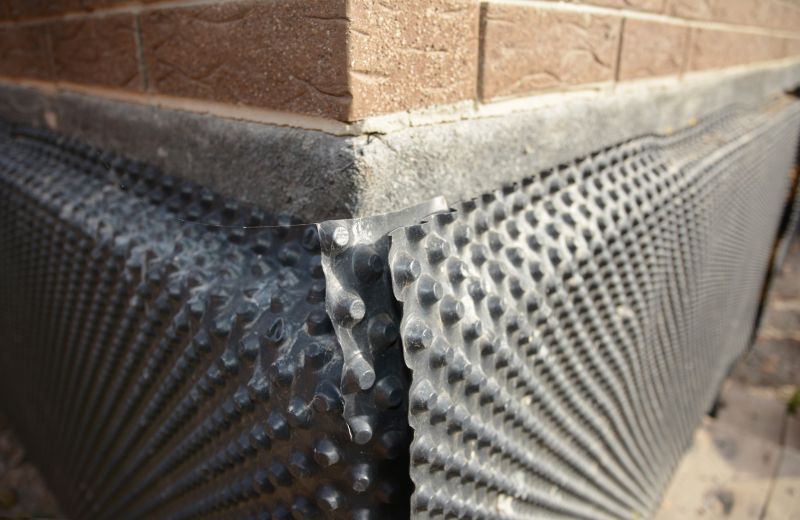
Spring weather supports effective waterproofing projects with moderate temperatures.

Utilizing warm, dry conditions for durable waterproofing results.
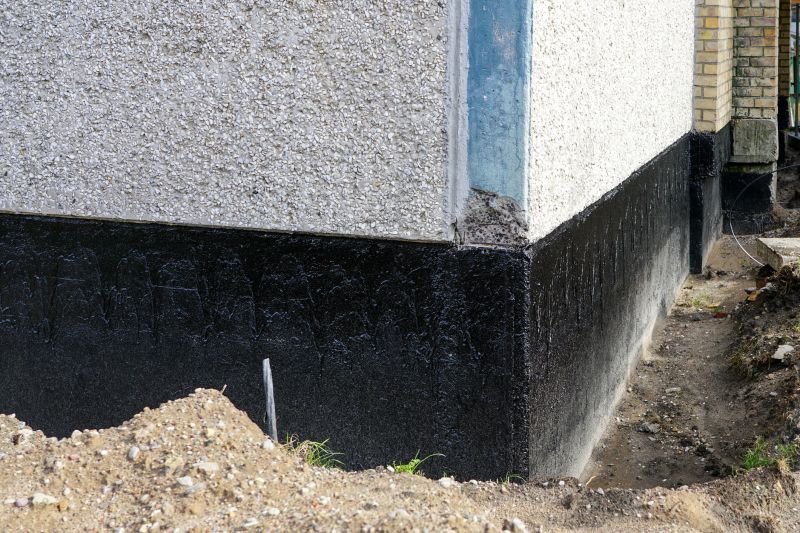
Preparing structures for winter with effective waterproofing methods.
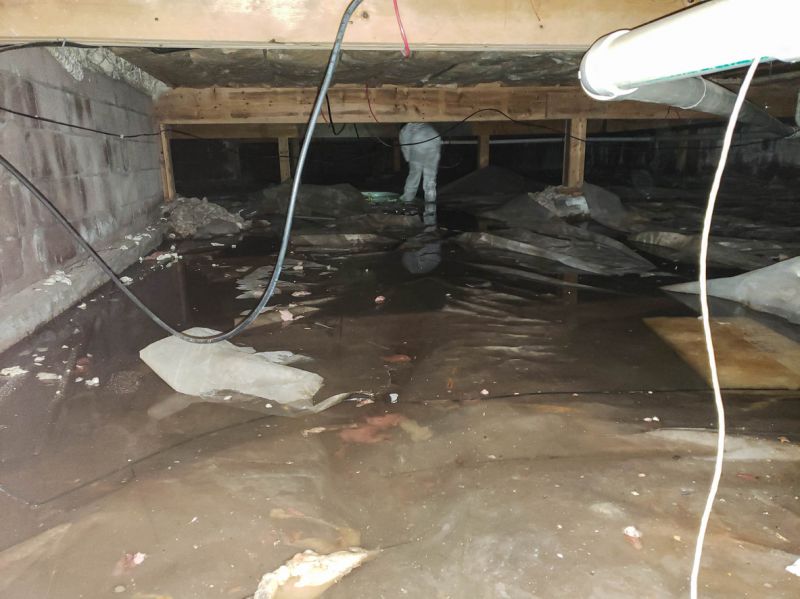
Ways to make Waterproofings work in tight or awkward layouts.
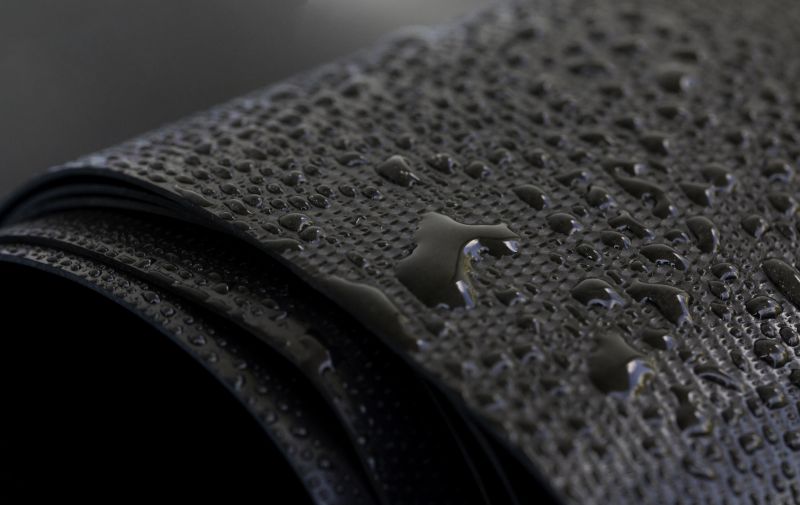
Popular materials for Waterproofings and why they hold up over time.

Simple add-ons that improve Waterproofings without blowing the budget.
| Season | Best Conditions for Waterproofing |
|---|---|
| Spring | Moderate temperatures, low humidity, ideal for curing. |
| Summer | Warm and dry weather, suitable for quick application. |
| Autumn | Cooler temperatures, minimal rain, good for preparation. |
| Winter | Freezing temperatures, high moisture, generally unsuitable. |
Waterproofings involve applying specialized materials to prevent water penetration in various structures such as foundations, roofs, and basements. Proper timing ensures optimal adhesion, curing, and durability. Advances in waterproofing technology have improved the effectiveness of these applications, with some systems offering up to 20 years of protection when installed under appropriate conditions.
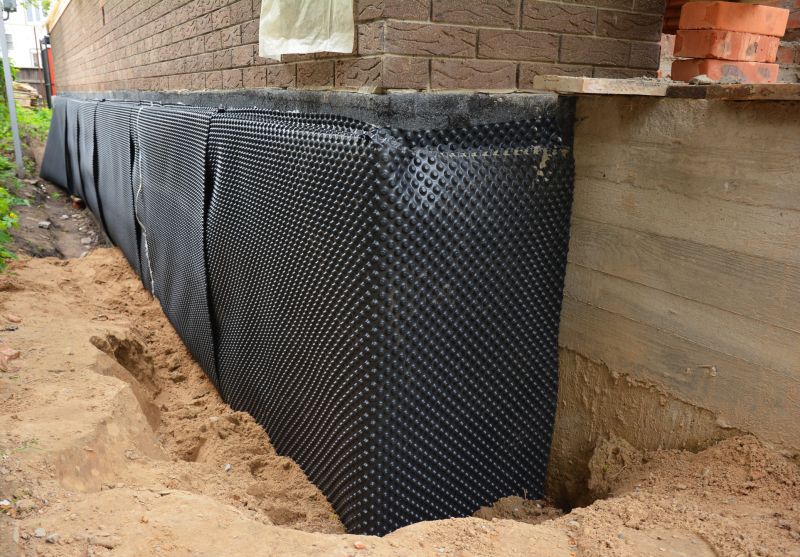
Application of waterproof membranes on a building foundation.
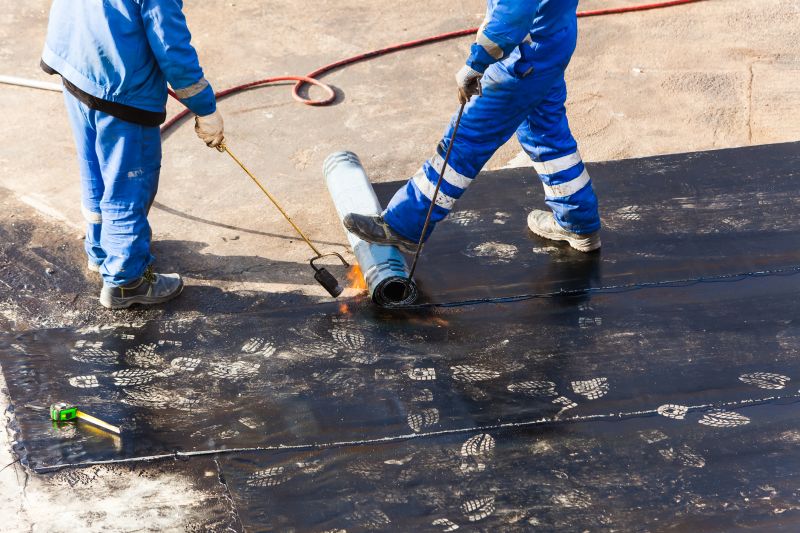
Proper sealing techniques during optimal weather conditions.
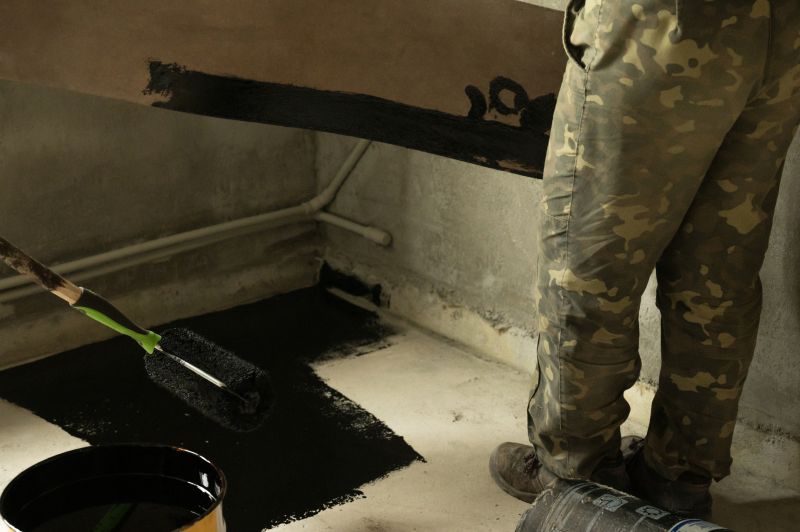
Applying waterproof coatings to basement walls.
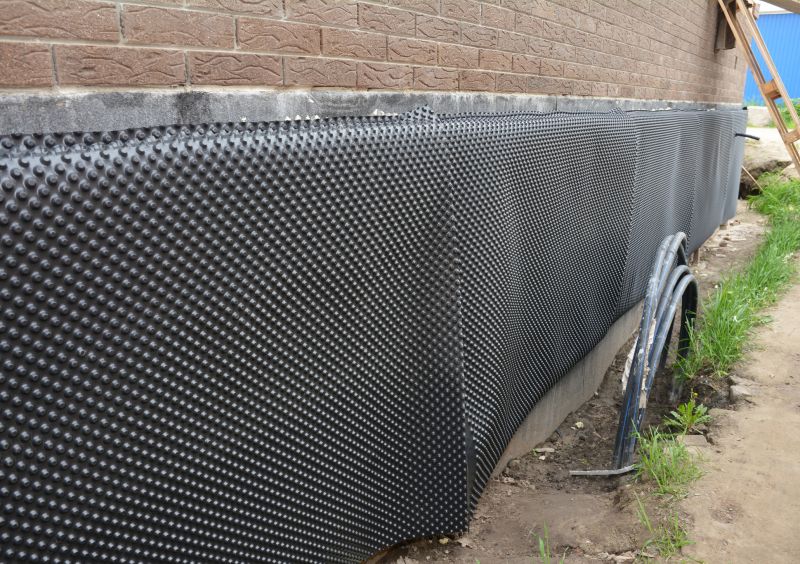
Different types of membranes and coatings used in waterproofing.
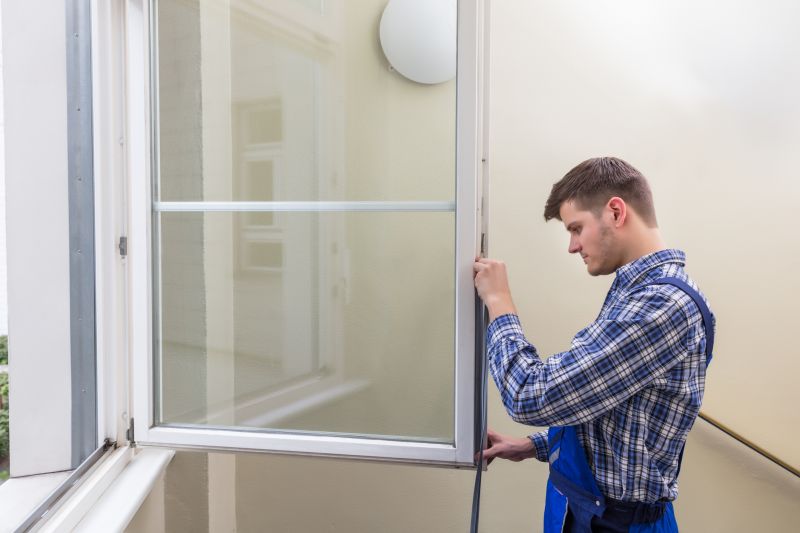
High-end options that actually feel worth it for Waterproofings.
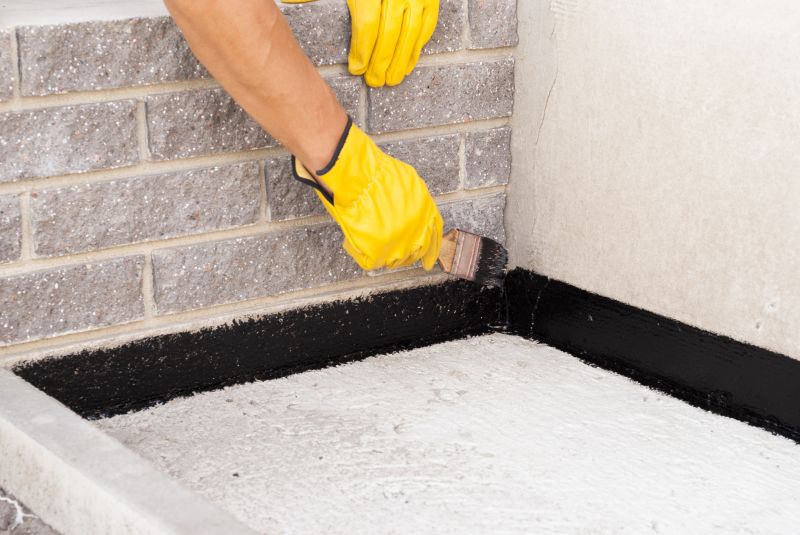
Finishes and colors that play nicely with Waterproofings.
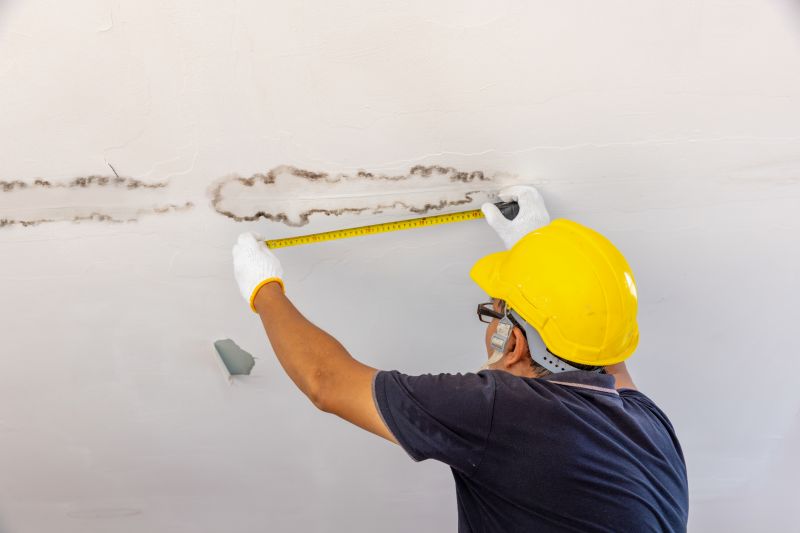
Little measurements that prevent headaches on Waterproofings day.
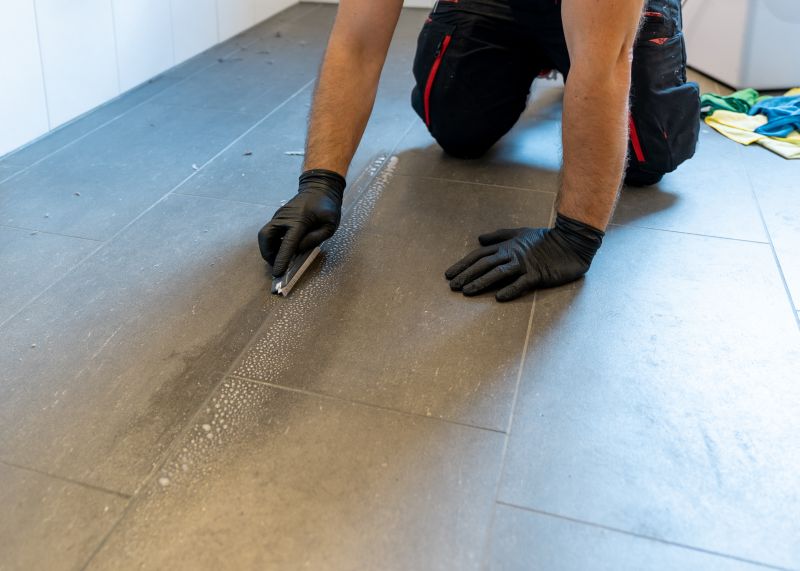
A 60-second routine that keeps Waterproofings looking new.
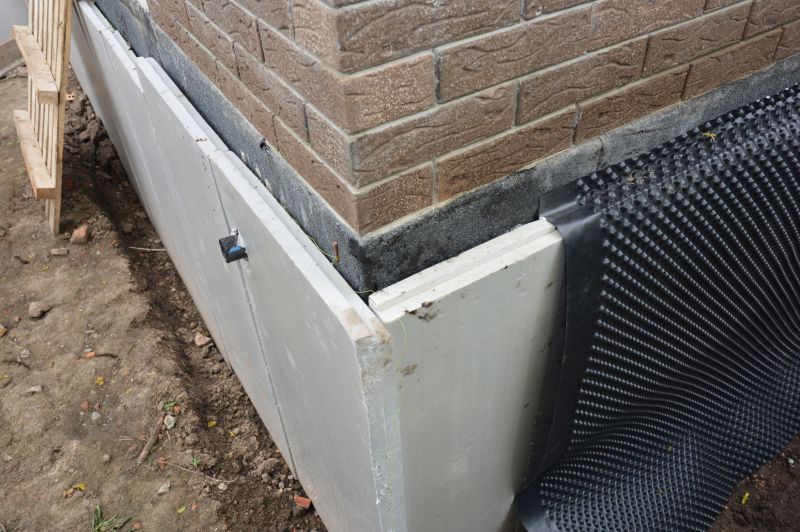
A frequent mistake in Waterproofings and how to dodge it.

Small tweaks to make Waterproofings safer and easier to use.
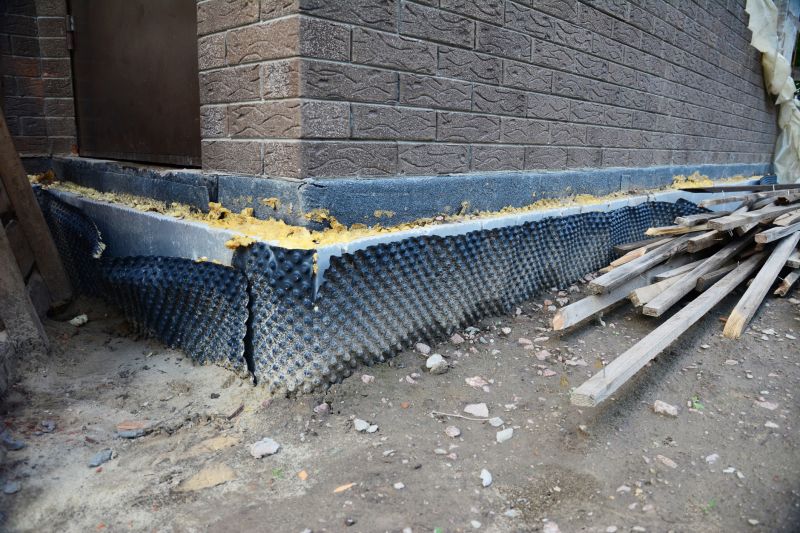
Lower-waste or water-saving choices for Waterproofings.

The short, realistic tool list for quality Waterproofings.
Choosing the right time for waterproofing depends on local climate conditions and the specific project requirements. Proper planning and execution during the optimal seasons can extend the lifespan of waterproofing systems and prevent costly water-related damages.
Interested in waterproofing solutions? Fill out the contact form to get started.

